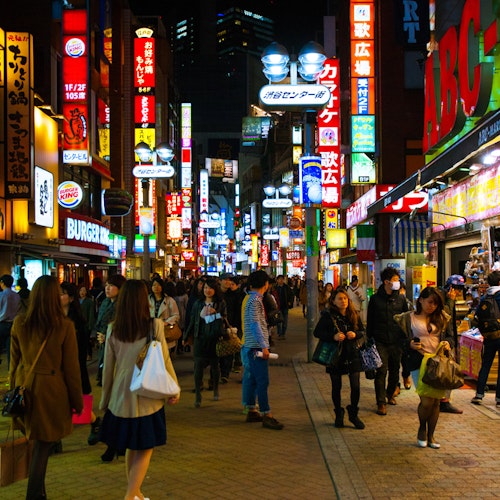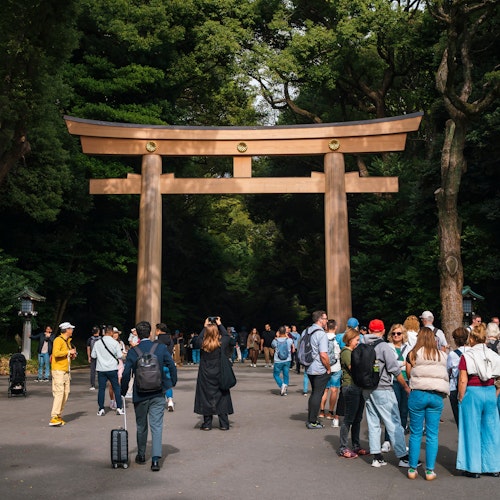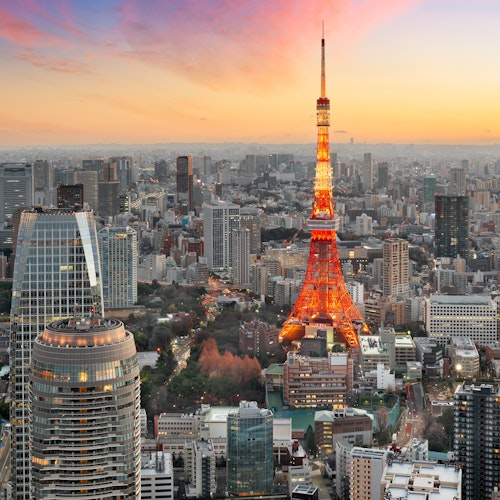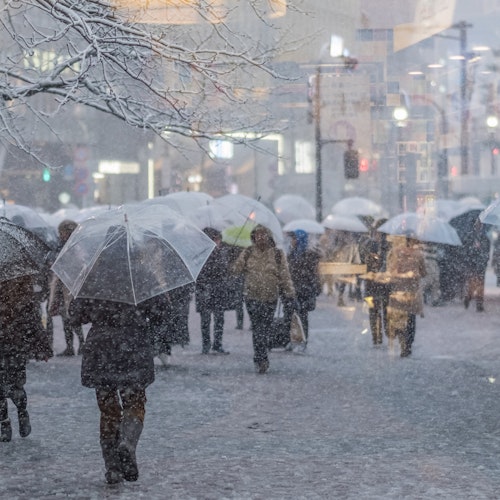
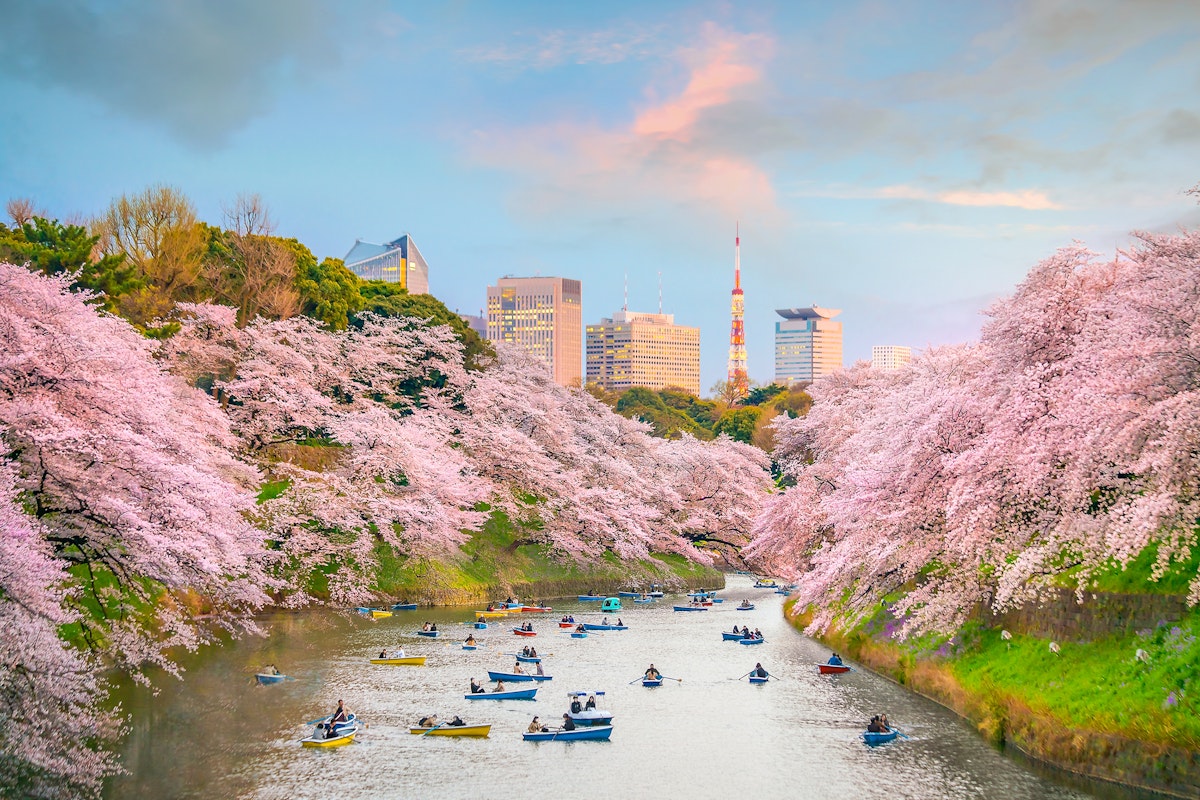
Cherry blossom, or sakura, is one of the most magical times to visit Japan. The delicate pink and white blooms transform cities, parks, and countryside into a wonderland, drawing millions of visitors from around the globe.
If you're planning to experience this spectacular event in 2025, this guide will provide everything you need to know to make the most of your trip.
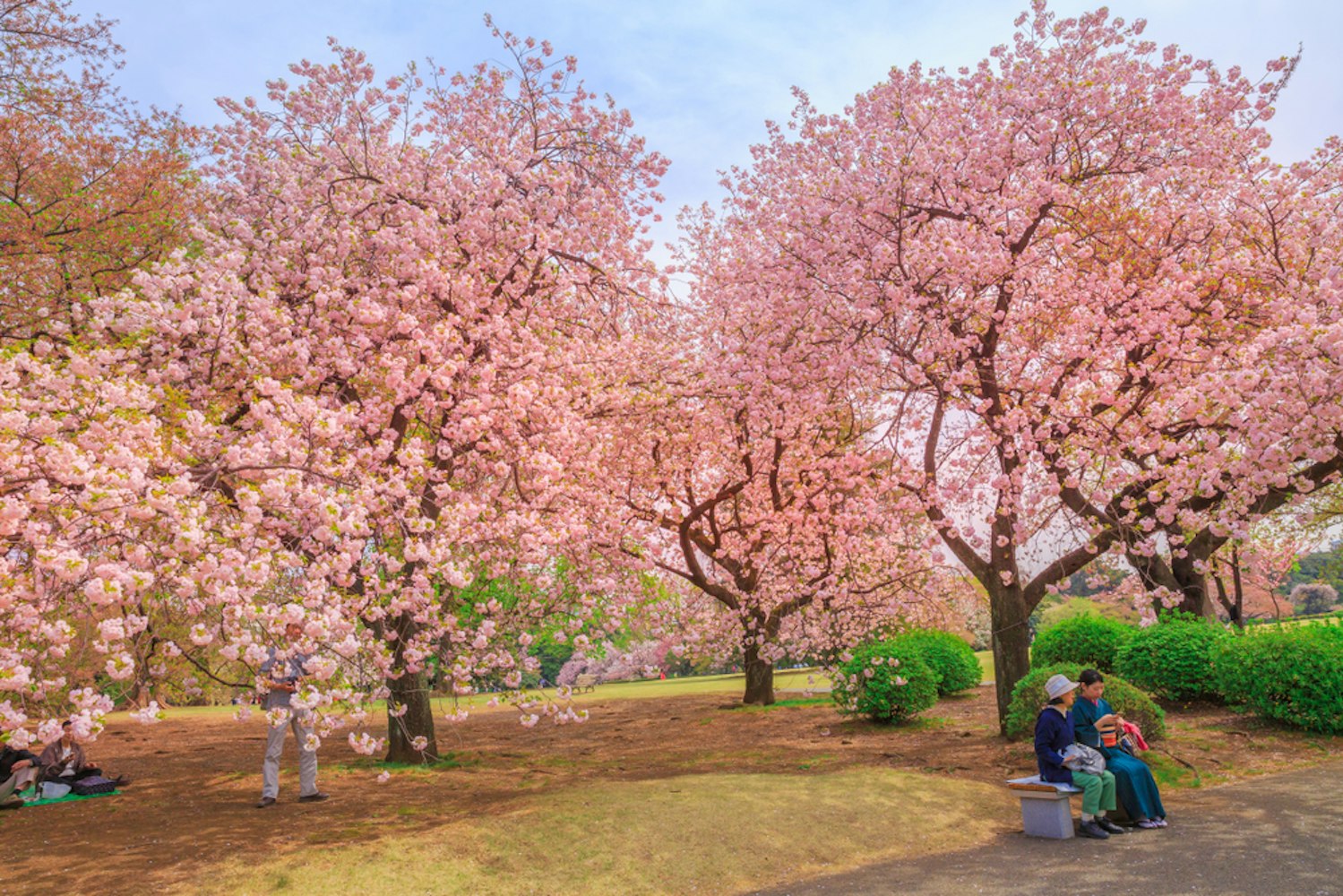
Cherry blossoms, or sakura, are a big part of Japanese culture. They show how beautiful and short life can be because the flowers only bloom for one to two weeks each year. For a long time, Japanese art, poetry, and traditions have celebrated this idea of enjoying each moment as it comes.
When sakura season starts, Japan changes into a magical place with pink and white flowers everywhere. Parks, riversides, and streets are full of blossoms, giving you beautiful views wherever you go.
It’s also the best time for hanami, which means having picnics under the cherry trees with friends and family. You can enjoy seasonal foods, drinks, and cultural events that make this season feel even more special.
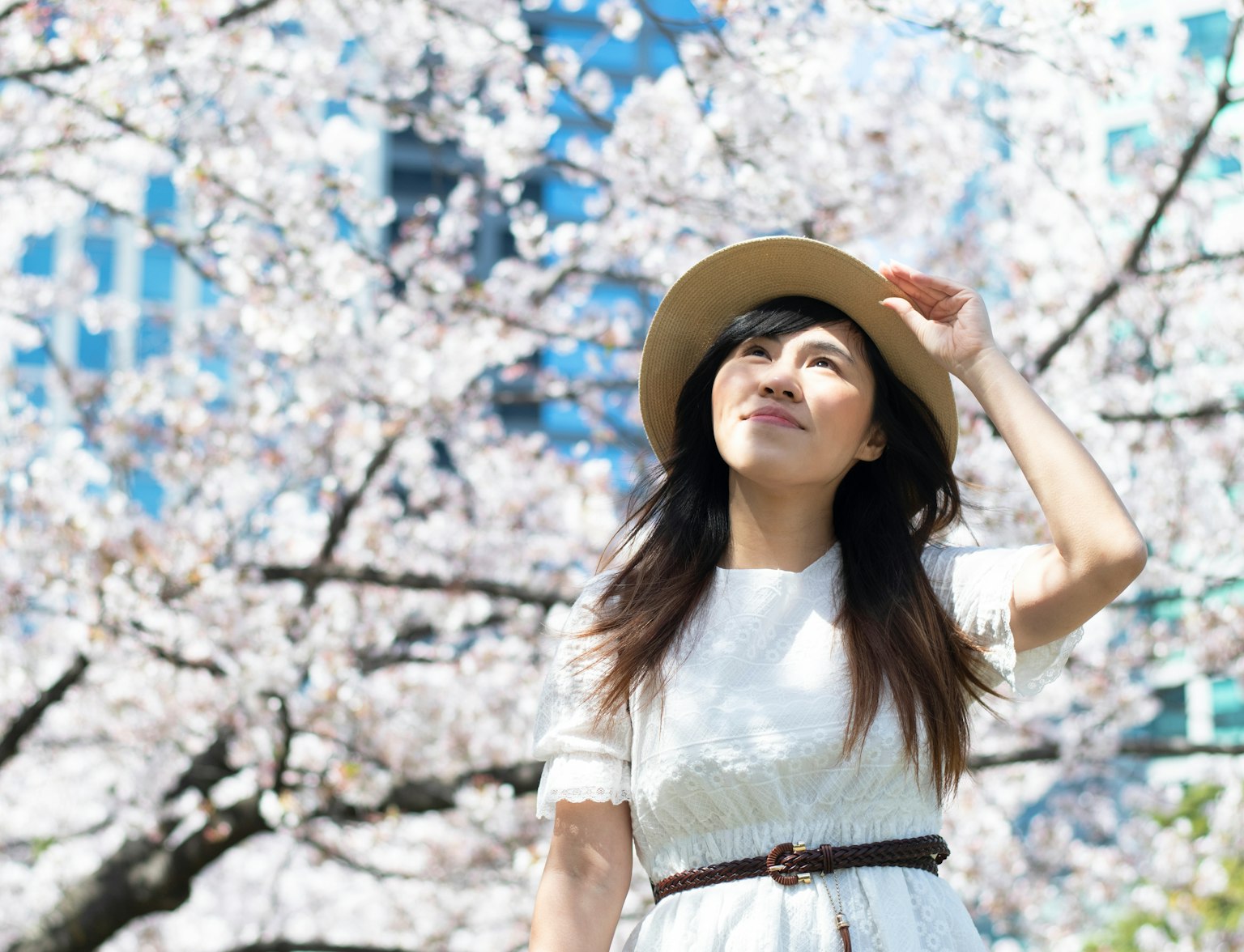
Embark on a private journey through Tokyo's cherry blossom season.
The timing of cherry blossoms in Japan depends on the region’s climate, which creates a stunning wave of blooms from south to north. Sakura season starts in Okinawa as early as late January and moves up to Hokkaido by early May. This natural progression makes it possible to see the blossoms in different parts of Japan if you plan well.
Cherry blossoms have a very short bloom period. Full bloom, known as “mankai,” typically lasts just a few days before the petals begin to fall. Factors like rain and strong winds can make the blooms disappear even faster, so catching them at the right time is crucial.
Estimated 2025 Cherry Blossom Forecast
Okinawa: Late January to mid-February
Tokyo: Late March to early April
Kyoto: Late March to early April
Osaka: Late March to early April
Hokkaido: Early to mid-May
Note: Due to weather, exact bloom dates can vary slightly each year. Checking an updated cherry blossom forecast closer to your travel date is highly recommended.
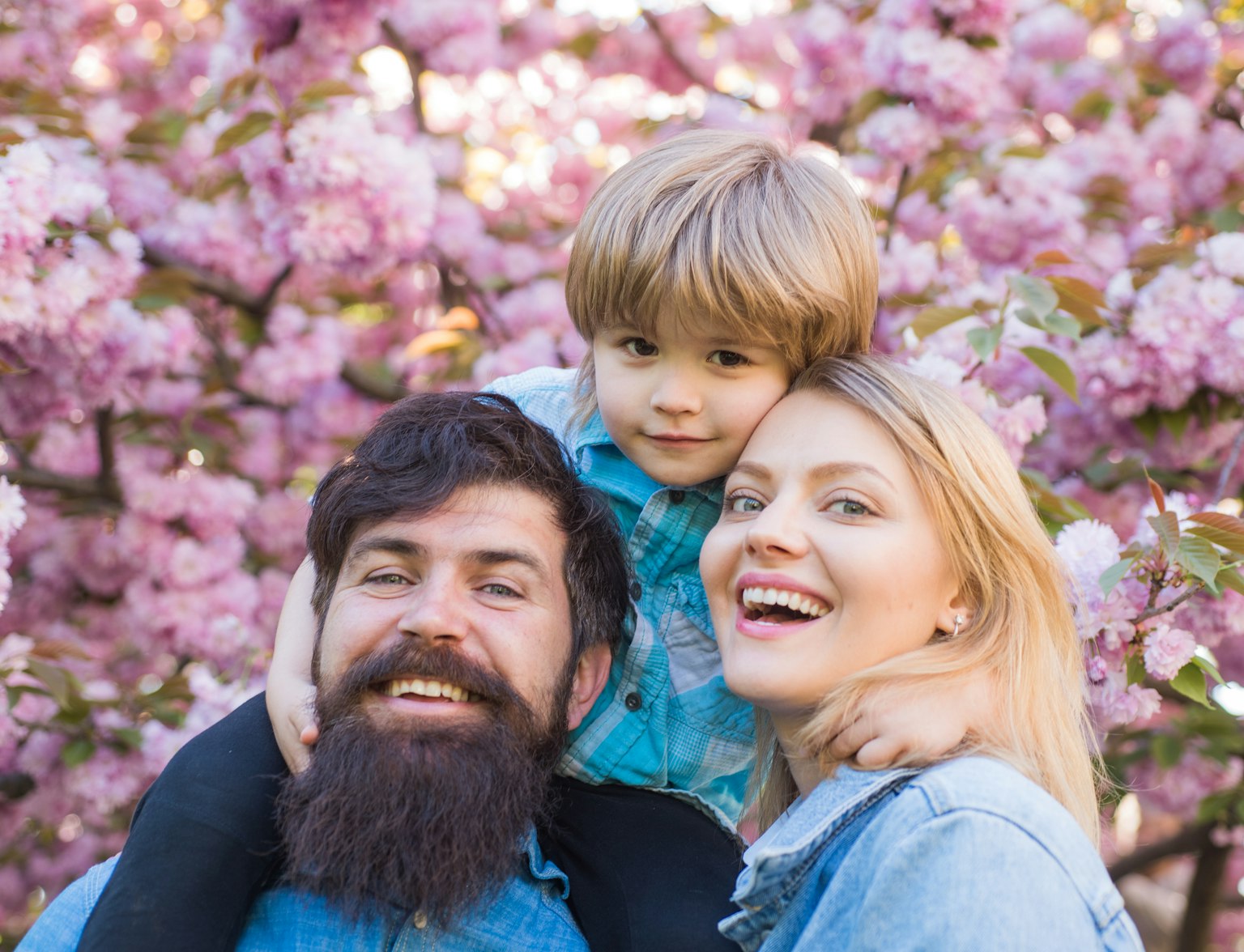
Experience the beauty of Tokyo's cherry blossom season with our exclusive tour!
Tokyo has many amazing places to enjoy cherry blossoms. Ueno Park is one of the most popular spots, with over 1,000 trees creating a cheerful and lively atmosphere during hanami parties. Shinjuku Gyoen offers a peaceful retreat where different types of cherry blossoms bloom at slightly different times, giving you more chances to enjoy the flowers.
For a unique experience, visit Chidorigafuchi Moat, where you can row a boat under the sakura trees, especially beautiful at night with the trees lit up. Sumida Park, located by Tokyo Skytree, provides lovely riverside views, and Yoyogi Park is perfect for a relaxed outing with friends or family.
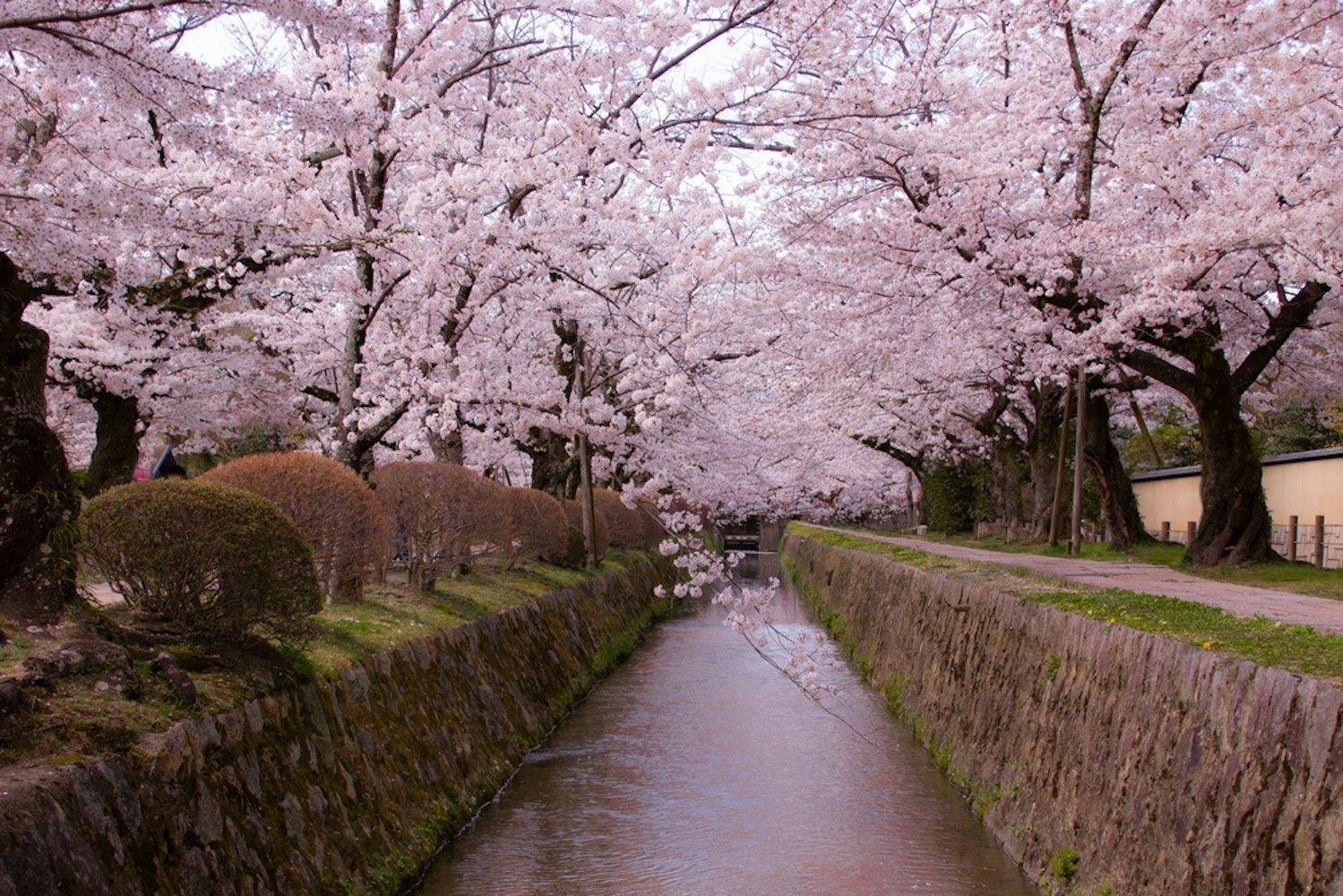
Kyoto is one of Japan's most beautiful cities to see cherry blossoms, with its mix of historic temples and natural beauty. The Philosopher’s Path is a peaceful canal lined with sakura trees, making it perfect for a relaxing stroll surrounded by traditional wooden houses.
Maruyama Park, near Yasaka Shrine, is famous for its giant weeping cherry tree, which looks magical when lit up at night. Another amazing spot is Kiyomizu-dera Temple, where you can enjoy panoramic views of Kyoto’s hills covered in pink blossoms, blending nature with stunning architecture.
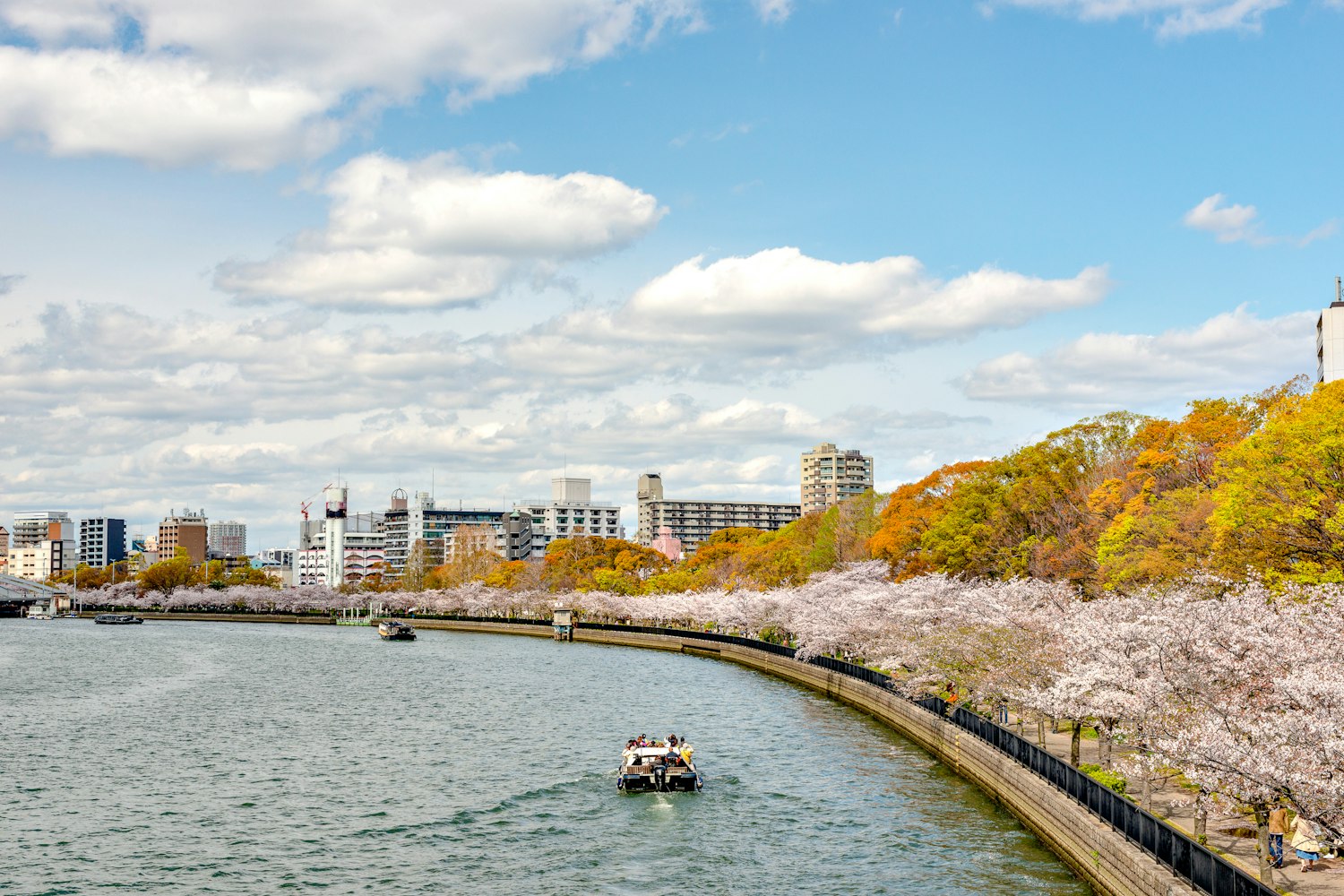
Osaka combines city energy with cherry blossom beauty. Osaka Castle Park is famous for its 3,000 cherry trees that surround the historic castle, creating a postcard-perfect scene. The park’s open spaces make it ideal for hanami picnics.
Along the Okawa River, Kema Sakuranomiya Park stretches for kilometers, offering a lovely riverside walk under the blossoms. For a more relaxed vibe, head to Expo 70 Commemorative Park, where you’ll find wide-open spaces and colorful blooms away from the crowds.
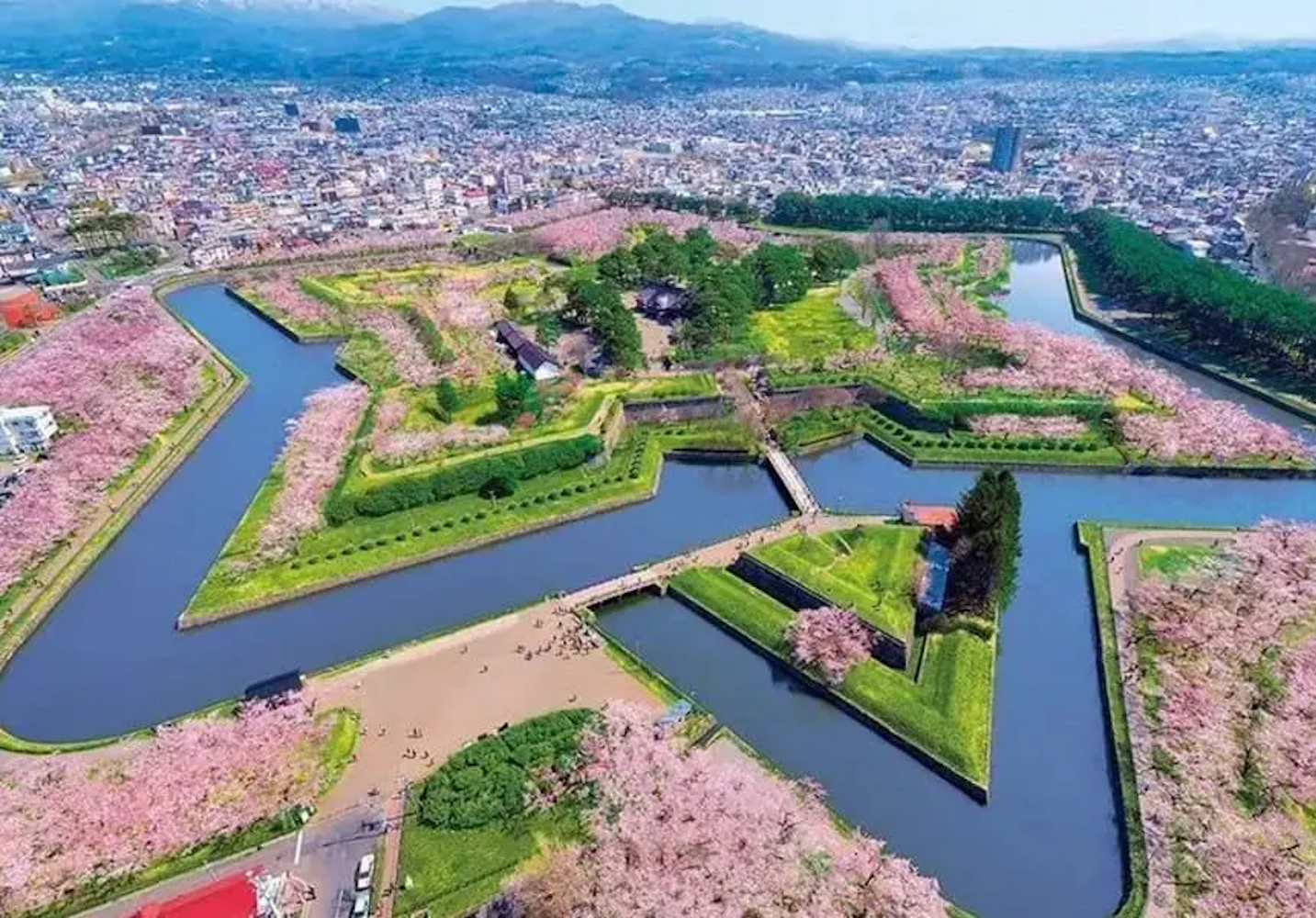
In Hokkaido, cherry blossoms bloom later due to the cooler climate, making it a great destination for travelers who miss the earlier blooms in other regions. Goryokaku Fort Park in Hakodate is famous for its star-shaped moat surrounded by sakura trees. The blossoms reflected in the water create a breathtaking view.
Matsumae Park, home to over 10,000 cherry trees, offers a mix of varieties that bloom at slightly different times, extending the viewing season. In Sapporo, Maruyama Park is a favorite spot for locals to enjoy hanami under the late-blooming trees.
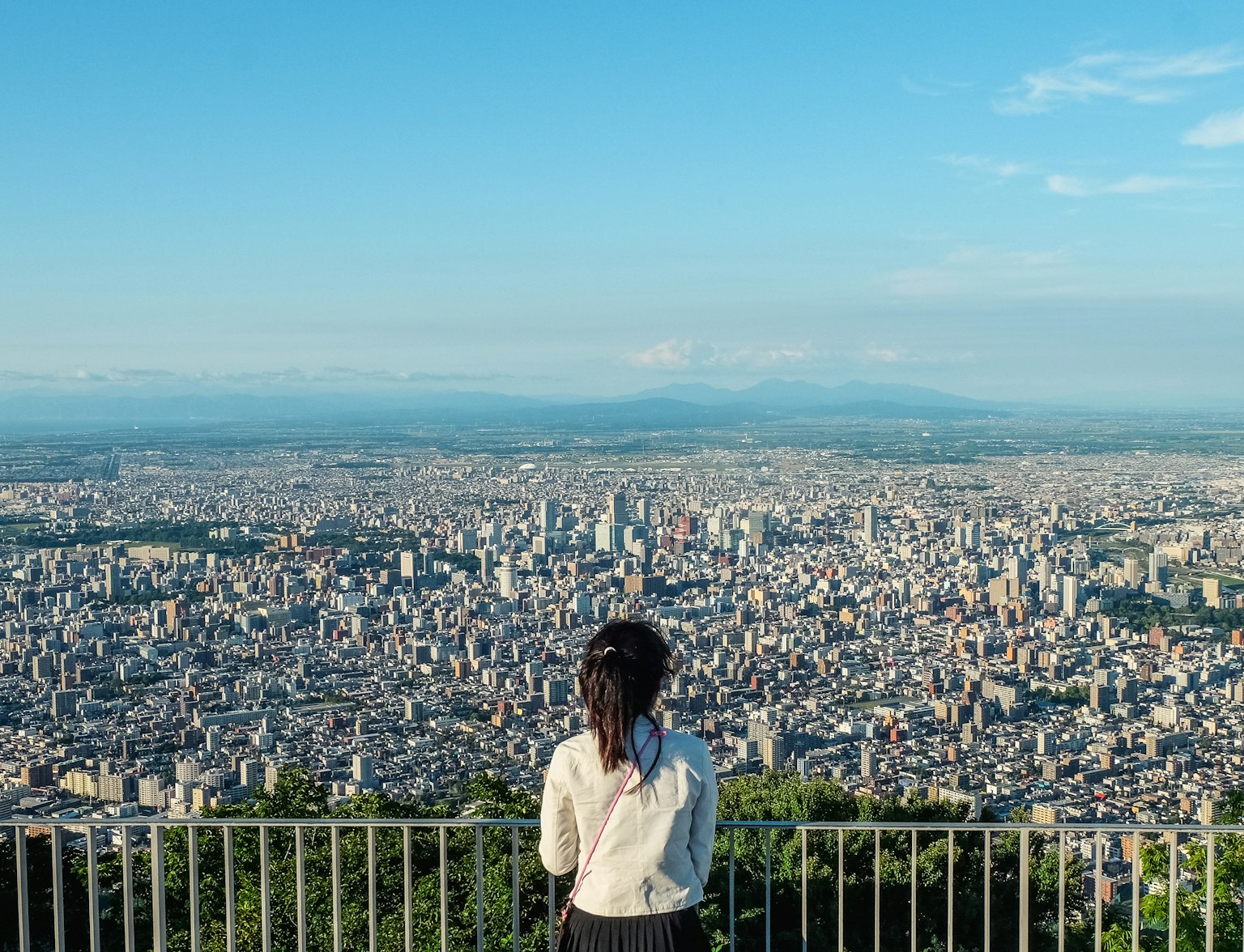
Explore Sapporo like never before on our Custom Private Tours, designed and led by local experts.
Start planning 6-9 months ahead, as hotels, flights, and tours fill up quickly during cherry blossom season.
Look for Sakura-themed packages at accommodations to enjoy unique seasonal perks.
Use apps like “Japan Weather Association” or “Sakura Navi” for real-time cherry blossom forecasts, which help you adjust plans if blooms appear earlier or later than expected.
Explore smaller towns like Kanazawa, Takayama, or Nikko for a quieter, less crowded cherry blossom experience compared to major cities.
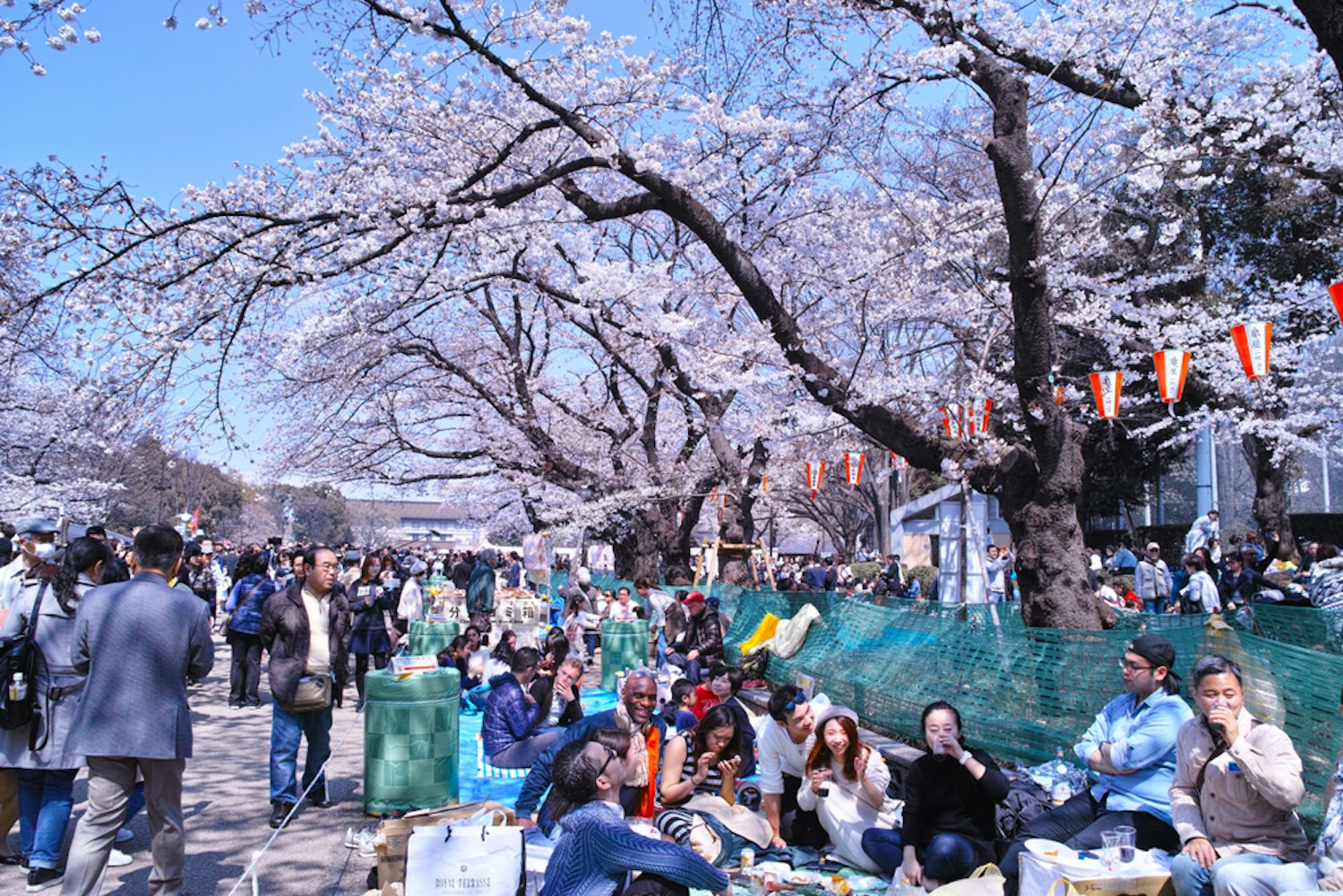
Hanami, or cherry blossom viewing, is a cherished tradition in Japan where friends and families gather to enjoy the blossoms. To fully enjoy this experience, bring a picnic with you.
Pack a blanket, some bento boxes, and drinks, and sit under the Sakura trees. Convenience stores sell sakura-themed snacks like sakura mochi and pink drinks, making it easy to add a festive touch.
Parks like Ueno Park in Tokyo or Yoyogi Park are great places for hanami, but they get crowded quickly, so it’s best to arrive early to secure a good spot. In Kyoto, Maruyama Park stands out with its famous weeping cherry tree, which looks magical when lit up at night.
During cherry blossom season, Japanese cuisine takes on a sakura twist. Be sure to try:
Sakura Mochi: A pink rice cake wrapped in a pickled cherry leaf.
Sakura Latte: A creamy, pink drink flavored with cherry blossoms.
Cherry Blossom Sweets: Desserts like sakura-flavored ice cream, cookies, and chocolates.
Sakura Sake: A lightly floral sake that’s perfect for hanami.
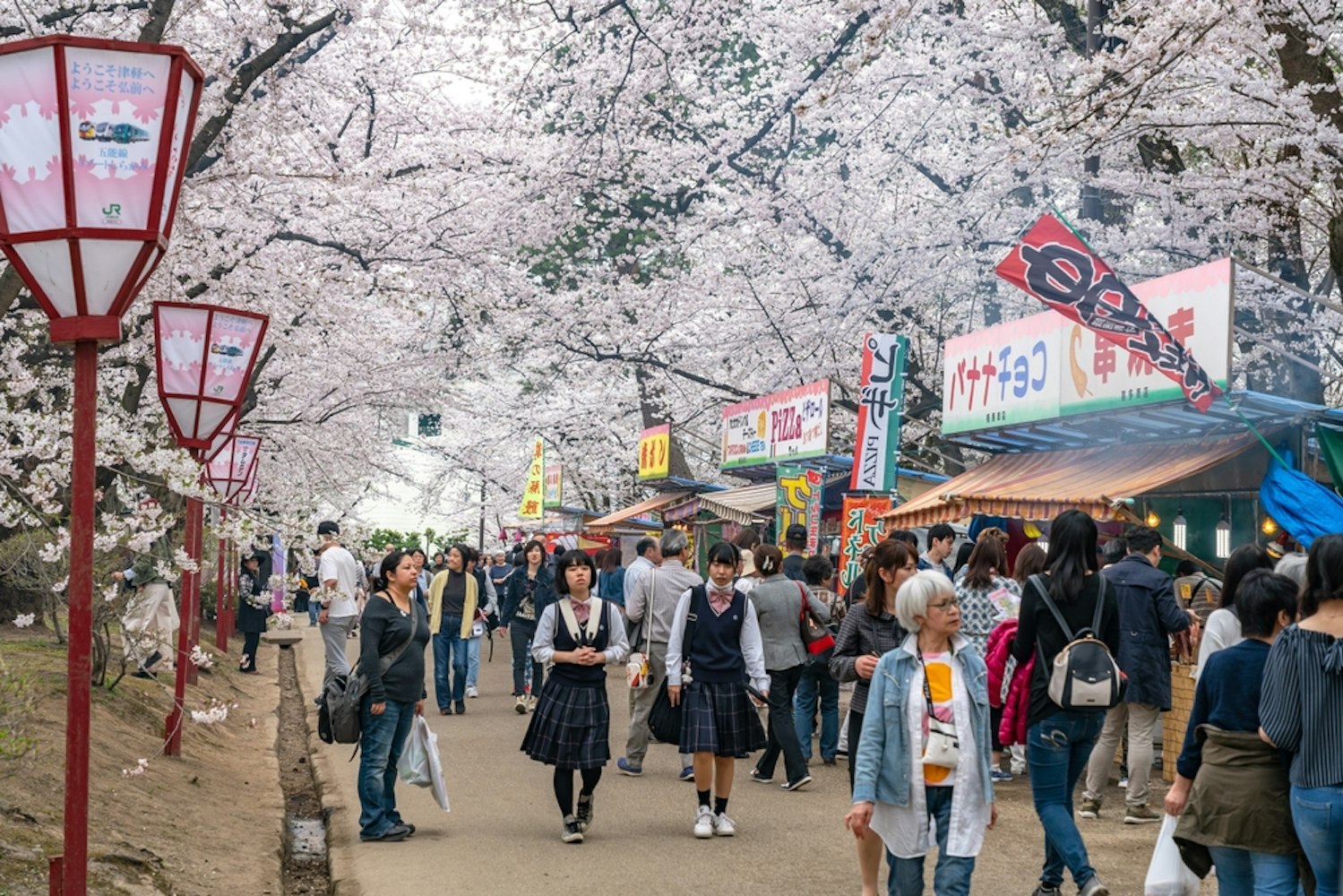
Japan’s cherry blossom season is filled with festivals that combine the beauty of sakura with Japanese culture. At Himeji Castle, visitors can enjoy traditional tea ceremonies, cultural performances, and stunning views of the castle surrounded by blooming cherry trees.
In Niigata, the Takada Castle Cherry Blossom Festival is known for its breathtaking nighttime illuminations. Thousands of lanterns light up the cherry trees and their reflections in the castle’s moat, creating a magical atmosphere for evening strolls.
Hirosaki Castle Cherry Blossom Festival in northern Japan is one of the country’s most famous Sakura celebrations. With over 2,500 cherry trees, food stalls, and live performances, it attracts visitors from all over, offering an unforgettable experience that blends nature, history, and festivity.
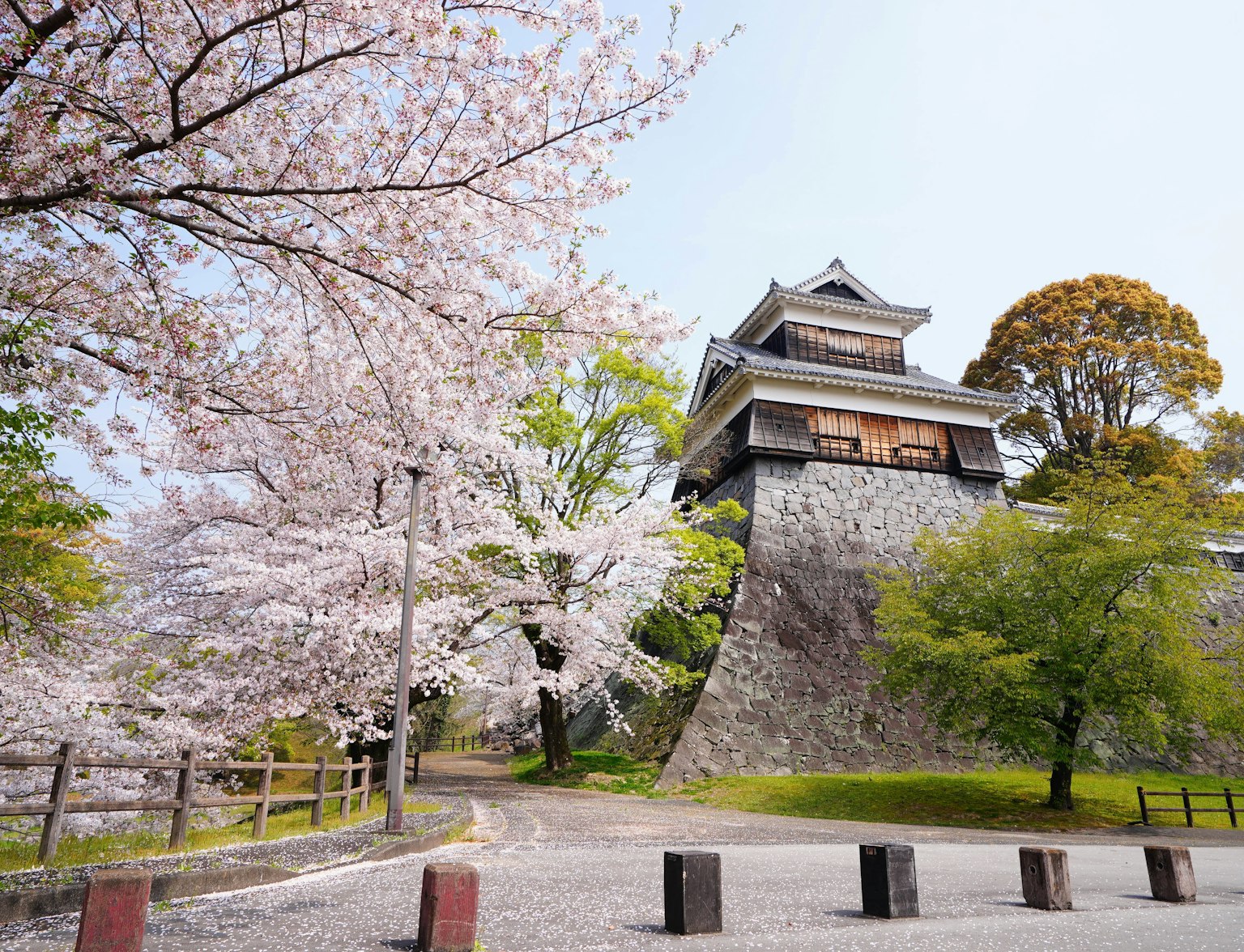
Join the private 1-Day Bus Tour around Cherry Blossoms in Northern Kyushu.
Capturing the beauty of Sakura requires a bit of preparation. Here are some tips for stunning photos:
Early mornings are the best time to photograph cherry blossoms because the soft light enhances the pink and white colors and keeps the area less crowded.
Framing shots with unique angles, such as blossoms reflected in water or against the sky, can make photos stand out.
Temples and traditional buildings, like those in Kyoto, add cultural charm to your pictures.
Nighttime photography in places like Maruyama Park, where trees are lit up, creates magical images. A tripod is useful for sharp shots in low light.
Focus on small details like individual blossoms or petals on the ground for close-up shots that highlight Sakura's delicate beauty.
Always respect the environment by not touching or damaging the trees and avoid disturbing others enjoying the scenery.
Spring weather in Japan can be unpredictable. Here’s a quick packing list:
Layered Clothing: Mornings and evenings can be chilly, but afternoons are often mild.
Comfortable Shoes: You’ll likely walk a lot while exploring parks and city streets.
Umbrella or Raincoat: Spring showers are common.
Camera or Smartphone: Don’t forget your charger or extra batteries.
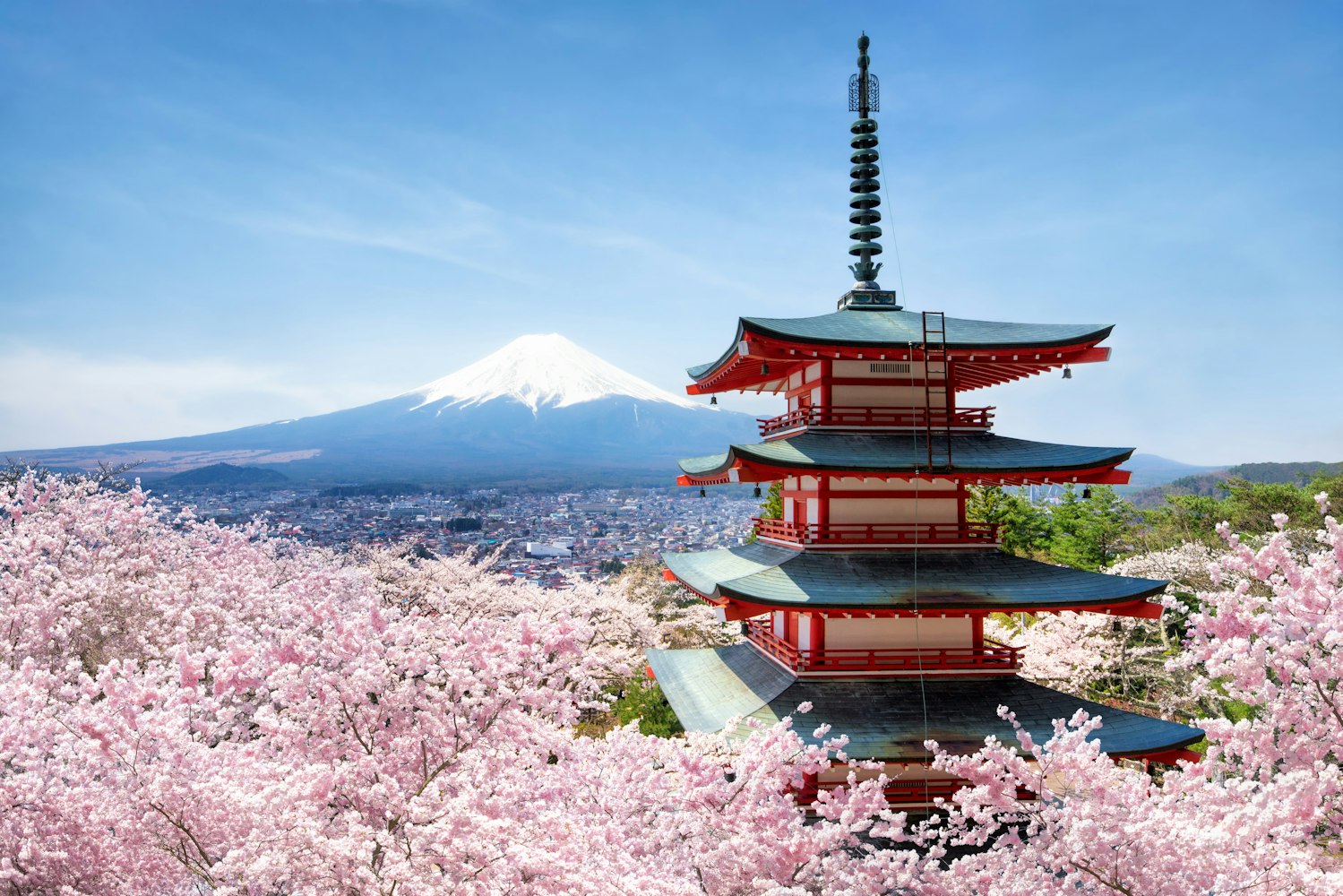
Respecting local customs is key during cherry blossom season in Japan. Avoid touching or shaking the tree branches, as the blossoms are delicate and easily damaged. Stick to designated paths to protect the trees and the carefully maintained areas around them.
When enjoying hanami parties, keep noise levels down to ensure a pleasant atmosphere for everyone. These simple steps help preserve the beauty and charm of the Sakura season for all visitors and locals to enjoy.
Sakura season offers a variety of unique souvenirs. Look for:
Sakura-Patterned Kimonos
Cherry Blossom Tea
Sakura-Themed Stationery
Scented Candles and Lotions
Cherry blossom season in Japan is a unique opportunity to connect with nature and culture in perfect harmony. Every location, from the bustling Ueno Park in Tokyo to the tranquil Goryokaku Fort in Hokkaido, tells its own story of spring’s beauty.
The brief bloom of Sakura reminds us to appreciate fleeting moments and create lasting memories. With thoughtful planning, your experience of Japan’s cherry blossoms will leave a deep and lasting impression.
